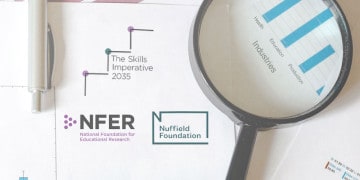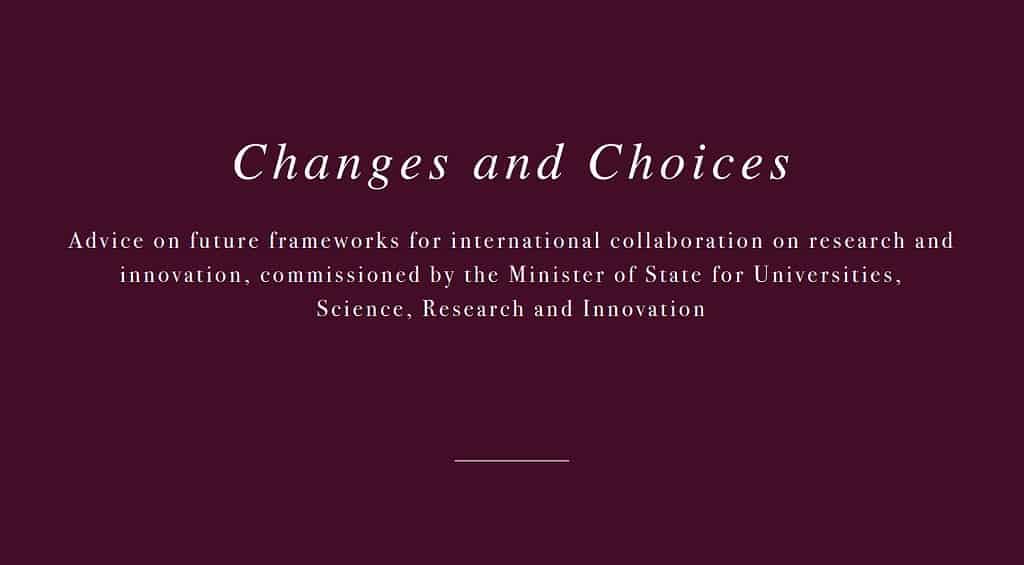At the end of Tomorrow’s Engineers week Bola Fatimilehin, Head of Diversity and Inclusion at the Royal Academy of Engineering, reflects on the future focus for the sector.
Diversity and inclusion: can the engineering profession rise to the challenge?
10 Nov 2017
In celebration of Tomorrow’s Engineers week 2017, the Royal Academy of Engineering hosted a panel event with the same title as this article. When the title was first proposed, my initial reaction was ‘Surely the answer is yes, of course it can!’ I know many engineering organisations are, and have been, striving to increase diversity and inclusion (D&I) for several years; primarily with a focus on increasing the numbers of women, but without significant success. So perhaps the question we need to ask first to stimulate progress is: Despite all the effort: why has so little been achieved? While it may be easy to jump to the conclusion that engineering will rise to the challenge, it’s useful to question what may be getting in the way of progress.
Is there a ‘burning platform’ to drive change?
To create motivation for change, many organisations begin by focusing on the business case and there is a growing body of irrefutable evidence from companies like Deloitte and McKinsey that D&I is good for business. Against this backdrop, the UK’s productivity is surprisingly low and everyone agrees something must be done. As technology and digitisation drive us towards the Fourth Industrial Revolution, engineering and manufacturing have critical roles to play in helping the UK seize and capitalise on these opportunities. Workplaces are the engines that drive the economy; and inclusion a piece of the puzzle that drives individual productivity. ACAS identifies 7 levers to increase productivity in the workplace – three of which relate to D&I: employee voice, high trust and fairness.
Research launched by the Academy D&I programme titled Creating cultures where all engineers thrive, also illustrates why engineering needs to rise to the challenge. Informed by feedback from 7,000 engineers, the report found that inclusion benefits the performance of individual engineers with 80% reporting increased motivation, 68% increased performance and 52% increased commitment to their organisation. In addition, inclusion benefits organisational performance in that the more included engineers feel, the more likely they are to understand business priorities, be confident about speaking up on improvements, mistakes or safety concerns, and see a future for themselves in engineering.
If diversity and inclusion are good for business, why are they so difficult to achieve?
Many organisations express commitment to improving D&I, but this is often driven by one or two passionate individuals taking action with little reference to data relating to the outcomes of their organisations’ processes – like selection, training and development, promotion, retention etc. This can mean organisational change to support inclusion does not happen; and in many cases, the onus is placed on women and minority groups to adapt to fit the culture, leaving their diversity of thought and experience at the door, rather than being encouraged to share it for organisational benefit.
To drive sustained change:
- A more strategic data-driven approach to addressing organisational culture and practices needs to be adopted
- The idea of ‘meritocracy’ (the notion that anyone with the right skills and experience, irrespective of background, can reach the highest levels in an organisation) needs to be examined with evidence gathered to support or challenge it
- Delivering D&I in organisations needs to be seen not just as a ‘campaign’ or ‘agenda’ or a short-term project or initiative, but as a legitimate means to drive productivity and generate innovation and creativity
Creating cultures where all engineers thrive identified nine themes that describe engineering culture, of which three have a negative impact on efforts to improve inclusion: these were that engineering culture is friendly but impersonal, has a strong attachment to tradition, and provides a lack of support and clarity in relation to career development. In addition, the research also picked up three key barriers to inclusion:
- The ‘inclusion privilege’, which means those who already feel included, are least likely to act.
- The perception that there is no ‘crisis of inclusion’, or burning platform, to drive action, but a consistent pattern of lower levels of inclusion for BAME and women engineers
- A perceived need to deliver progress on intangible outcomes related to perception and experience, which may be at odds with engineering culture.
Alongside these barriers, Deloitte’s Global Human Capital Trends cautions that most organisations overestimate their level of maturity in addressing D&I. There is an impact gap between popular interventions like training to raise awareness, and measurable data-driven solutions.
How do you solve a problem like inclusion in engineering?
Recommendations from the research into culture identifies the following to improve inclusion across engineering:
- Prioritise and reframe inclusion as an area of concern for all engineers
- Articulate the benefits of inclusion – to evidence its importance in attracting talent, supporting innovation and creativity, and increasing productivity
- Build a critical mass of decision makers with commitment, courage, skills, and confidence to drive an organisation’s progress
- Increase awareness of how inclusion is experienced by different groups
- Use the problem-solving and team-working culture of engineering to maximise the likelihood of progress
- Deliver fair and inclusive career development and talent management giving all engineers an opportunity to succeed
- Target interventions at groups that experience lower levels of inclusion
The Tomorrow’s Engineers Week panel reflected on what individual engineers could do to create cultures that are more inclusive. Based on the need to propagate inclusive relationships, storytelling was put forward as a powerful route to raise awareness of how inclusion is experienced by different groups – beyond those protected by equality legislation.
The actions above may not guarantee inclusion in the short term, but if applied systematically over time, they have potential to support environments where inclusion and diversity flourish, and create cultures where all engineers thrive.
Related articles

The Physiological Society’s policy team on the health challenges facing older workers and the urgent need to develop a strategy to ensure older people are happy and healthy at work.

Jo Reynolds, Director of Science and Communities at the Royal Society of Chemistry, on the RSC’s new summary report looking to unlock the potential of deep tech SMEs.

Lisa Morrison Coulthard, Research Director at the National Foundation for Education Research, on the Nuffield Foundation funded five year research programme providing insights into the essential employment skills needed for the future workforce

Sir Adrian Smith, Institute Director and Chief Executive of The Alan Turing Institute, and Graeme Reid, Professor of Science and Research Policy at UCL, set out the findings from their new independent report on international partnership opportunities for UK research and innovation